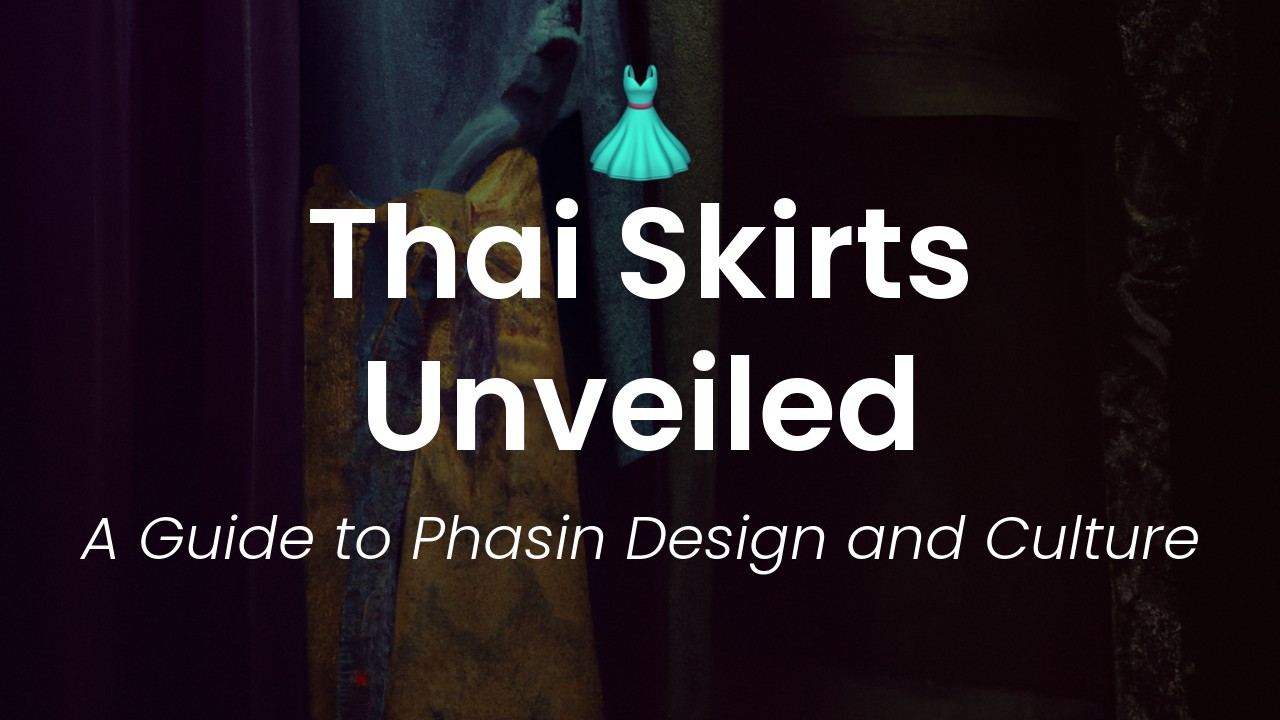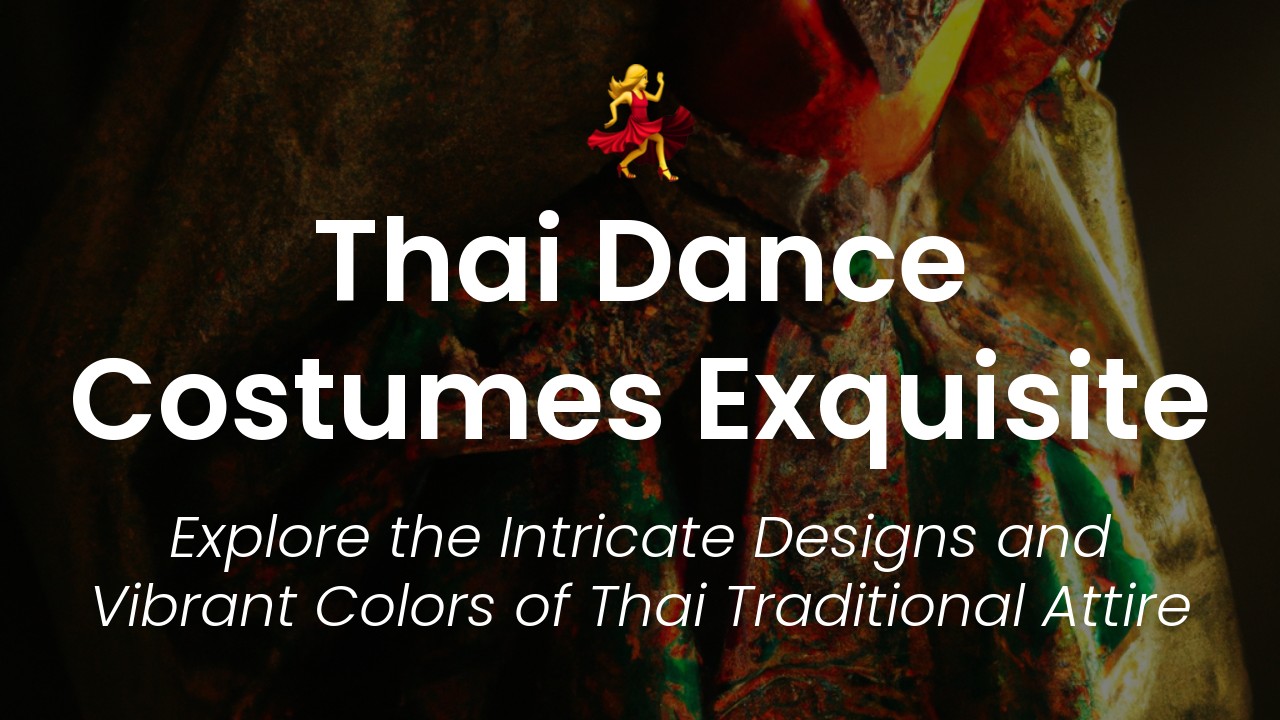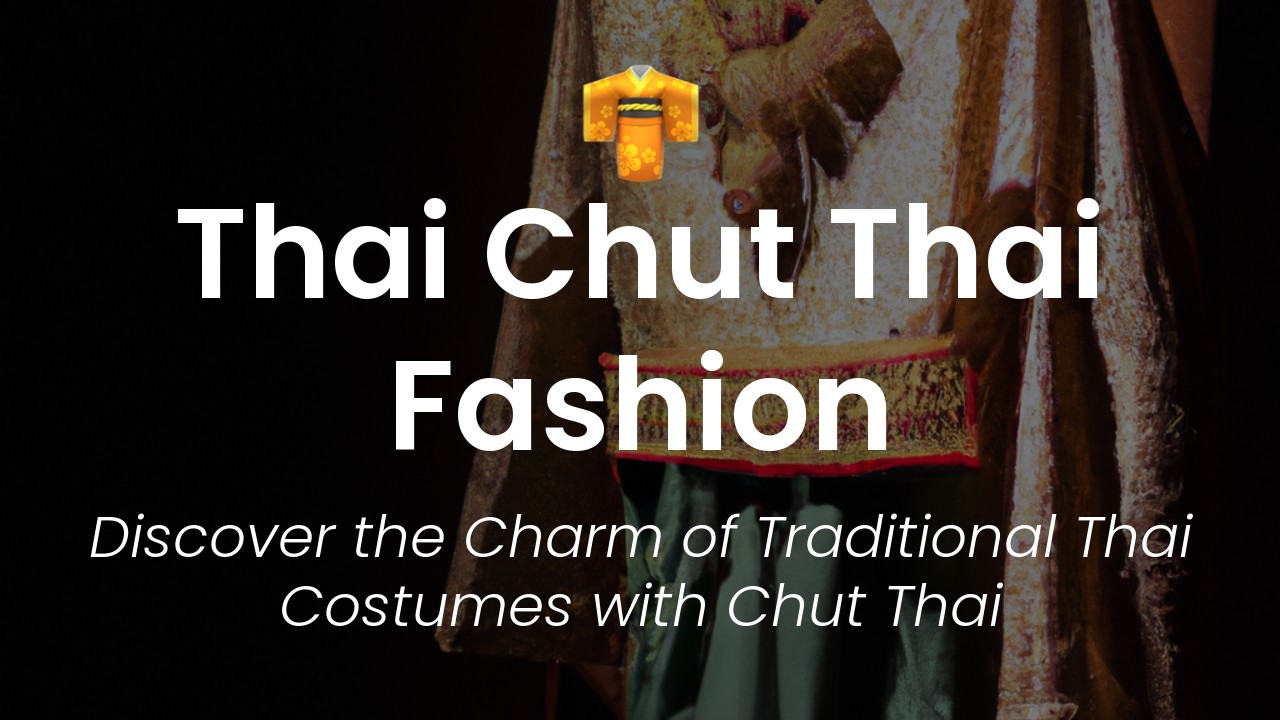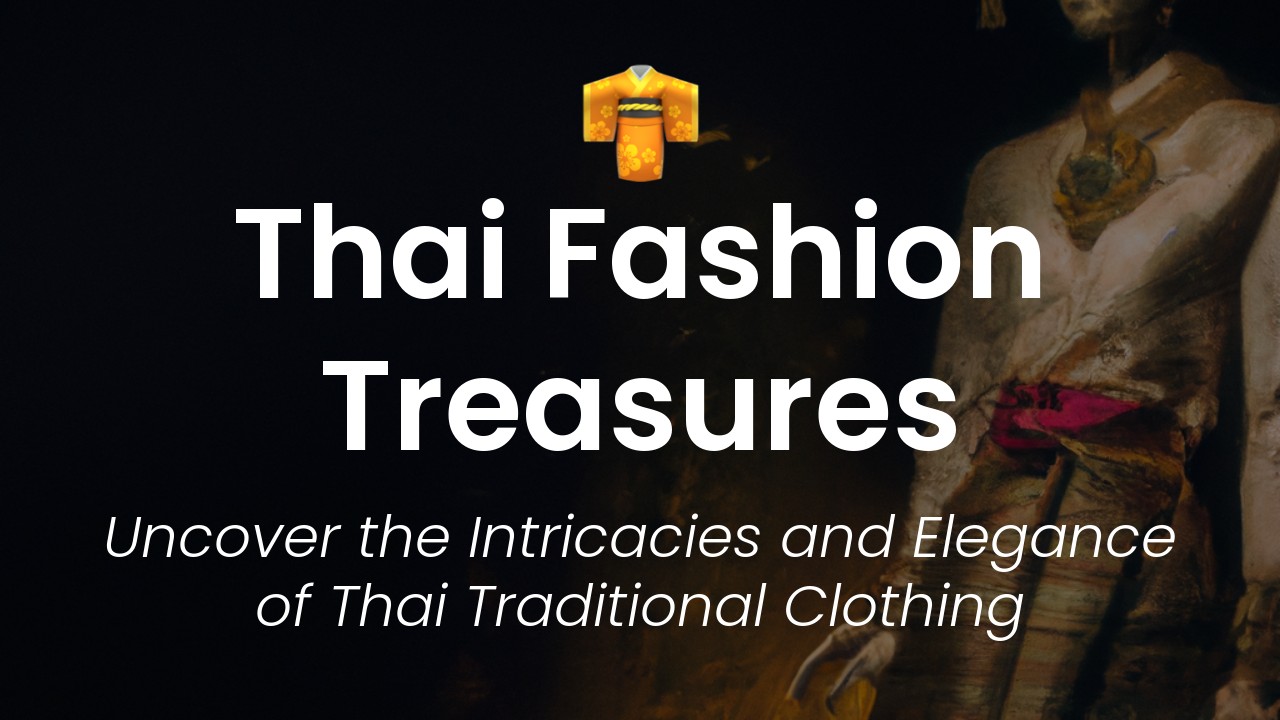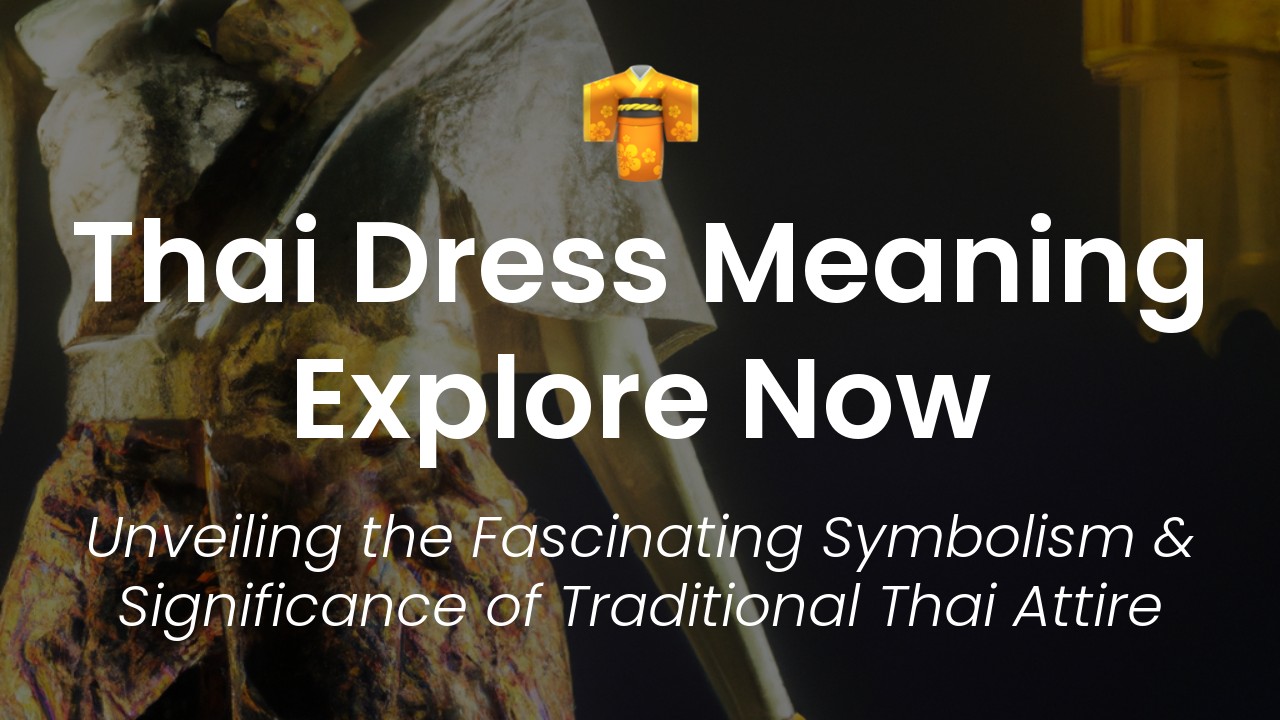Hello everyone, and welcome to my blog about Thai culture and tourism! My name is Sirinya, and today I would like to talk to you about one of the most beautiful traditional Thai garments: the Phasin skirt.
Phasin skirts have been a symbol of Thai culture for centuries. They are worn by women on special occasions such as weddings, religious ceremonies, and traditional festivals. The Phasin skirt is a long, wrap-around skirt that is made from the finest silk fabrics and embroidered with intricate designs. The skirt is worn over a pair of fitted pants, making it both elegant and practical.
The Phasin skirt can be worn in many different ways, depending on the occasion. Some women wear it with a simple blouse, while others choose to pair it with a more elaborate traditional jacket. The possibilities are endless, and the Phasin skirt always adds a touch of elegance and sophistication to any outfit.
In this article, I will take you on a journey to discover the beauty of the Phasin skirt and its history. We will explore its intricate design, the different ways it can be worn, and the symbolism behind its patterns. So, sit back, relax, and let's dive into the world of Phasin skirts!
Origins of Phasin
Phasin, also called “phaa sin” or “sinh,” is a traditional Thai skirt that has been around for centuries. It is worn by both men and women and is considered a symbol of traditional Thai culture. The origin of phasin dates back to the 14th century when the Tai people migrated to mainland Southeast Asia. The Tai, known for their weaving techniques, brought their expertise in textile production to Thailand. They used silk, cotton, and gold threads to create intricate patterns and designs on fabric. Soon, the phasin became a popular clothing item among the Thai people.
Significance of Patterns and Colors
The intricate patterns and colors of the phasin have specific meanings that represent different aspects of Thai culture. The patterns on the skirt represent the ethnicity of the wearer and their status in society. For example, the Phasin Phi Ta Khon, worn during the Phi Ta Khon festival in Loei province, has eerie and ghostly patterns which represent the spirits that the festival aims to appease. On the other hand, the phasin worn during formal occasions is intricately woven with golden and silver threads to represent wealth and prosperity.
The colors used in creating the phasin also have significance. White phasin are worn during mourning, while brighter colors are worn during festive occasions. Red phasin is worn by brides during their wedding ceremony, representing good luck and happiness.
Different Styles of Phasin
There are various styles of phasin worn for different occasions. The phasin chongkraben is a popular style worn by women during formal events. It is made of silk and is usually long and fitted at the waist, with a slight flare at the bottom. The phasin is often paired with a jacket or blouse.
The phasin hip wrap is a type of phasin worn by men and women for daily wear. It is wrapped around the waist and secured with a knot at the front. The phasin is usually made of cotton or silk and comes in a variety of colors and patterns.
For more formal events, men often wear the phasin chaokah, a type of phasin made of silk or cotton. It is wrapped around the waist and secured with a knot at the front. The phasin is paired with a jacket or shirt and is often embroidered with gold or silver threads.
Materials Used in Creating Phasin
Traditionally, phasin is made of silk, cotton, or a mixture of both. The fabric is woven by hand using a traditional weaving machine called a “Khit.” The process of weaving can take several weeks or even months, depending on the complexity of the design. Silk phasin are considered the most luxurious and expensive, while cotton phasin are comfortable and more affordable.
Measuring and Wearing Phasin
Phasin comes in different lengths and widths, depending on the style and occasion. Women’s phasin can be ankle-length or knee-length, while men’s phasin is usually knee-length. To measure for a phasin, wrap a measuring tape around the waist and add an extra inch or two for comfort. The phasin should be wrapped tightly around the waist and secured with a knot at the front.
Modern Phasin Design and Use
Today, phasin is still an important part of Thai culture and is worn on various occasions. However, modern phasin has also evolved to reflect contemporary fashion trends. Young Thai designers have created fusion designs that incorporate both traditional and modern elements. For example, a phasin skirt can be paired with a crop top or a leather jacket for a trendy look.
Phasin has also become increasingly popular among tourists who visit Thailand. Many shops and markets cater to tourists looking for affordable phasin as a souvenir or for everyday wear. These phasin often come in bold and colorful prints that reflect the vibrant culture of Thailand.
Where to Get Your Own Phasin
If you want to own your own phasin, there are many places where you can find them in Thailand. Bangkok’s Chatuchak Weekend Market is a popular place to find affordable and authentic phasin. Many shops in the market sell phasin in a variety of colors, patterns, and styles.
In addition to markets, many department stores in Thailand also sell phasin. Siam Paragon and Central World in Bangkok have a wide selection of phasin for all occasions. These phasin are often of higher quality and can come with a higher price tag.
In conclusion, phasin is a beautiful and important part of traditional Thai culture. The intricate designs and colors of the skirt represent different aspects of Thai society and culture. Although originally created as a garment for everyday wear, phasin has evolved to become a symbol of Thai cultural identity. Whether you are a tourist or a local, owning your own phasin is a wonderful way to experience Thailand’s rich and vibrant culture.

